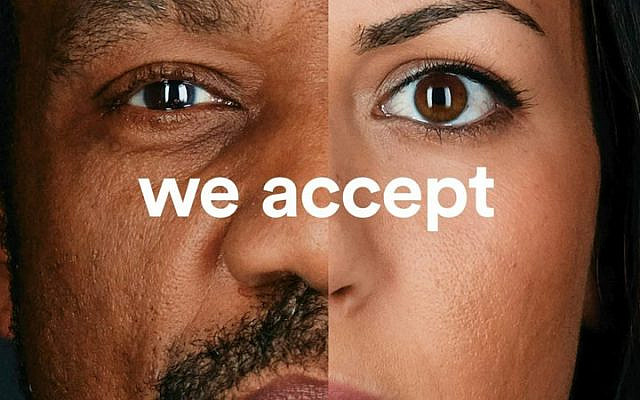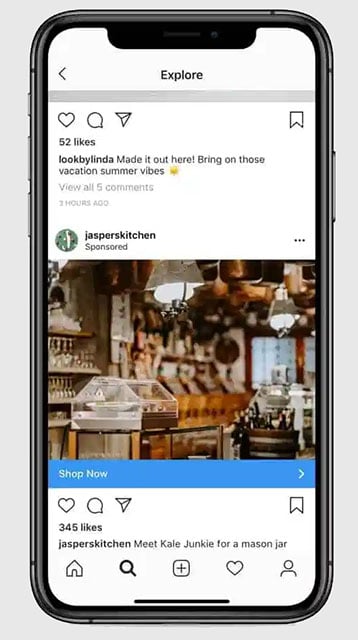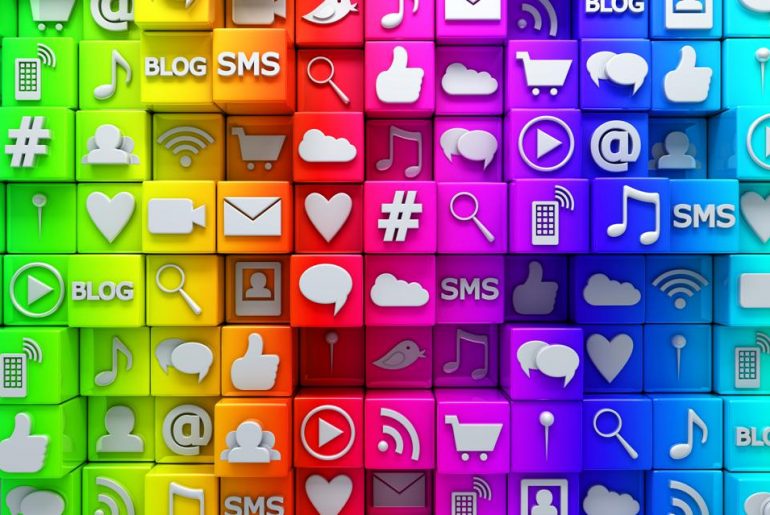By Laura Perkes
The often overlooked tactic enhances reach, raises brand awareness and drives new customers and clients to your business
Picture the scene: It’s 2021, and the enormity and popularity of digital marketing is providing entrepreneurs with a plethora of opportunities and the ability to tap into an audience of hundreds of thousands, if not millions, of potential customers, all at the push of a button.
When Facebook first launched back in 2004, it really was the first of its kind. Before that, we had MySpace and a few other platforms I’ve never heard of (Friendster or Hi5, anyone?), but none of them had managed to make the impact that Facebook did, and still does.
Since Facebook, we’ve seen the launch of Instagram in 2010 and TikTok in 2016, plus the addition of Instagram Reels in 2020. Not to mention other platforms such as Snapchat and Clubhouse, all giving us access to a wider audience.
In the past 19 years, we’ve all had the luxury of being able to communicate directly with our fans, customers and potential customers in a way that has never been possible before. But before the advent of social media, businesses and brands were built the “old fashioned” way, using more traditional marketing techniques, such as advertising and face-to-face networking.
Social media seems like the Holy Grail
When the world became more digitized, tools such as online advertising, pay-per-click and email marketing grew in popularity and gave entrepreneurs and brands alike the chance to reach an even wider audience. Data was easier to track and metrics and insights enabled you to calculate your return on investment.
For many entrepreneurs and startup businesses, social media seems like the Holy Grail. Not only do you get to build an audience and interact and engage with your followers, but it’s also completely free at the point of entry. Of course, you can now invest in adverts across all social-media channels, but for someone completely new to the business world, social media is a sensible place to start.
Yet there’s a missing piece of the puzzle here. A modality that’s as old as time, but a powerful force when it comes to sharing messages, raising brand awareness and building on the know-like-trust factor. And that’s public relations.
Everything you say and do is PR
Public relations exists so that you can communicate with your audience. If you Google “public relations,” you will find Wikipedia’s definition: “Public Relations is the practice of deliberately managing the release and spread of information between an individual or organisation and the public, in order to affect the public perception.”
So, essentially, everything you say and do is PR, but the platform in which you share your message changes. The tools you use to share your message changes. But the message remains the same. Your audience, generally, stays the same, yet where they hang out may change, based on the launch of new platforms, or the increased popularity of existing platforms, such as YouTube and podcasts.
YouTube first launched back in 2005 and podcasts launched a year earlier in 2004, yet they’ve only really exploded as a business tool over the past few years, giving entrepreneurs and startups the chance to create easy-to-share and easy-to-digest content that their ideal clients will love — content that can then be repurposed across social-media channels.
Back in 2004, when I first started my career in PR, there were really only three types of media outlets to pitch to: print titles, TV and radio. Online titles were seen as the poor relation to print, so we rarely bothered pitching to them as clients didn’t see the value in them — oh how times have changed!
However, because there was less choice, it made it easier to build relationships with journalists and work on features and content ideas with them. Over time, the media landscape has changed, and online started to make a huge impact and podcasts and YouTube channels became prime real estate.
Now, there is way more choice when it comes to gaining exposure, so while you may not consider social media, YouTube or podcasts your typical media outlets, they’re still consumed by your ideal clients, still covering topics that complement what you do, and they still have a ready-made audience of loyal fans that you could (and should) be tapping into. How? Quite simply, by pitching.
One piece of content can be shared and shared again
The way you’d pitch yourself to a podcast host is the exact same way that you’d pitch yourself to a journalist. That is a PR tactic and a skill that publicists have been honing for decades. Now, one of the utterly brilliant, yet often overlooked, powers of PR is that you can take one piece of content and deliver it to millions of people in one go. No other form of communication enables you to do that.
It may take time to build and execute your PR plan. You may not see anything published or broadcast for three to four months, but when it lands, it’s well worth the wait, as your content has the potential to be seen or heard by hundreds of thousands, if not millions, of potential ideal clients and customers. Just think about the circulation of a print publication, then triple it to get an average reach.
Think about the audience size of a podcast, then think how many extra people you can reach by sharing it across your social-media channels. And then think about how many extra people you will reach when the host shares it across their social-media channels. All of a sudden, one piece of content can be shared and shared again, leaving behind a digital footprint and breadcrumbs that can lead even more people to your business.
This is another reason why PR is such a powerful and influential tool — because what you do now is searchable forever. PR isn’t always easy to measure, which potentially adds to its downfall in the ROI stakes, but it’s still a tactic that should be employed, and a muscle that should be flexed, as part of your communications strategy.
PR is yet another way of transporting your business and your expertise to a wider audience, an audience that has been built up and cultivated for decades, that already knows, likes and trusts the outlet and the content they produce.
So, next time you decide to put all your eggs in one basket and focus all of your attention on one particular marketing tool, or one particular platform, ask if there’s a more efficient, more effective way of sharing your message to drive hundreds of thousands, if not millions, of new customers to your business. The answer, in case you missed it, is PR.
















